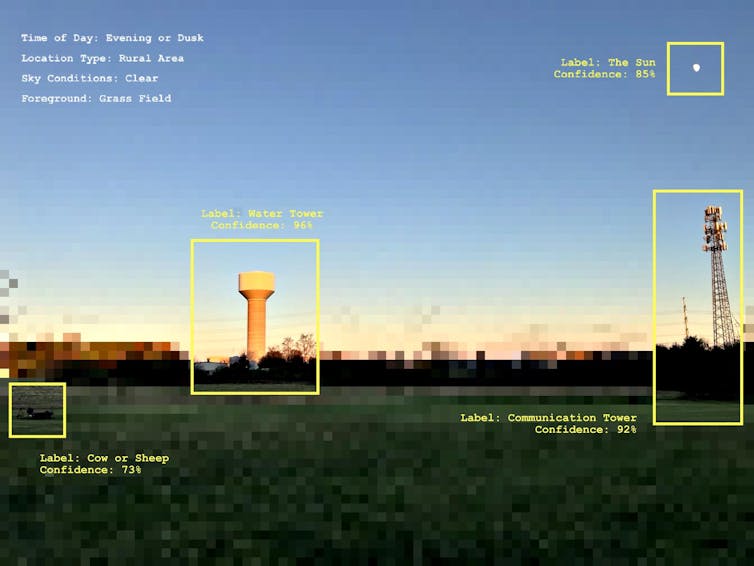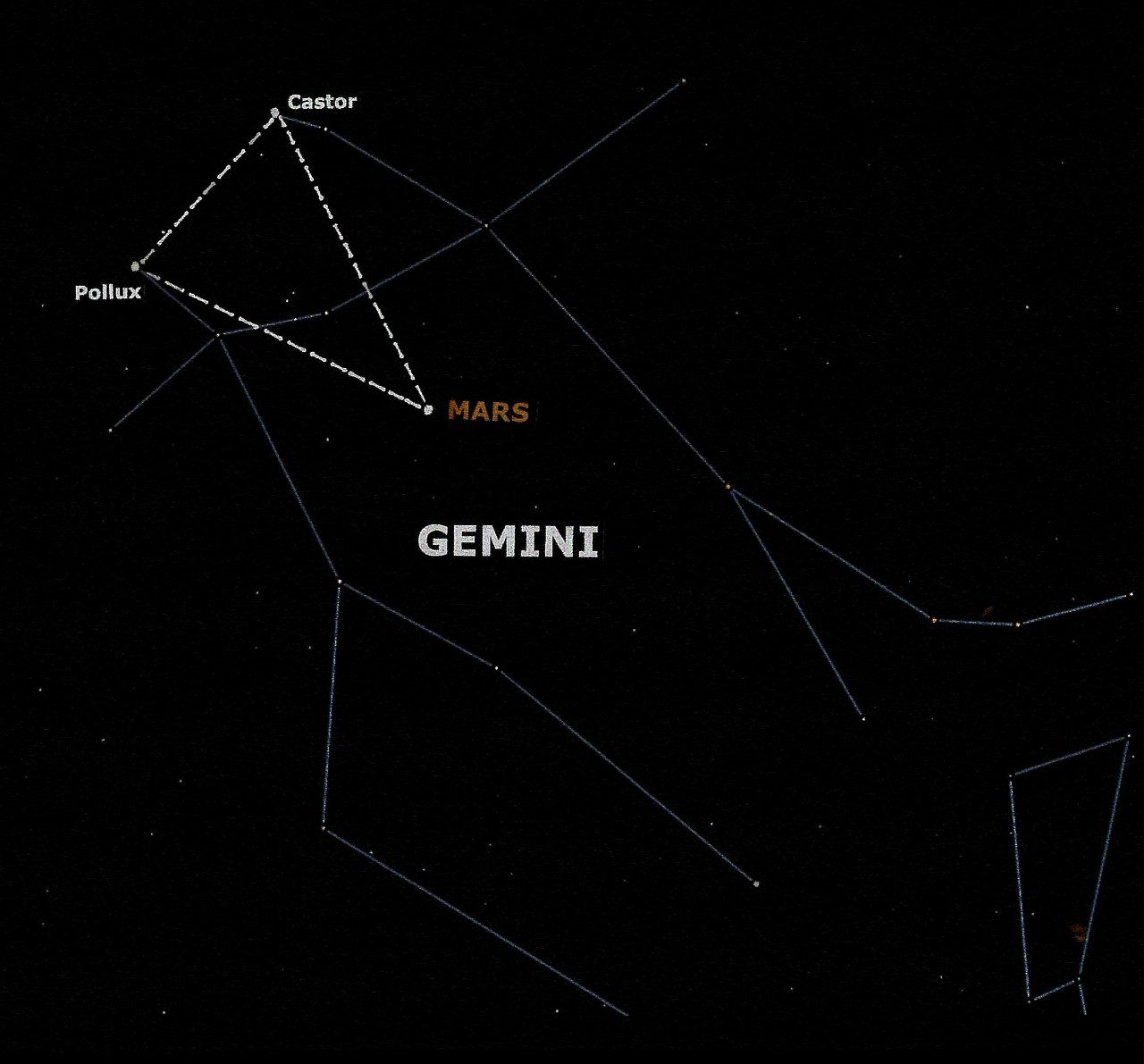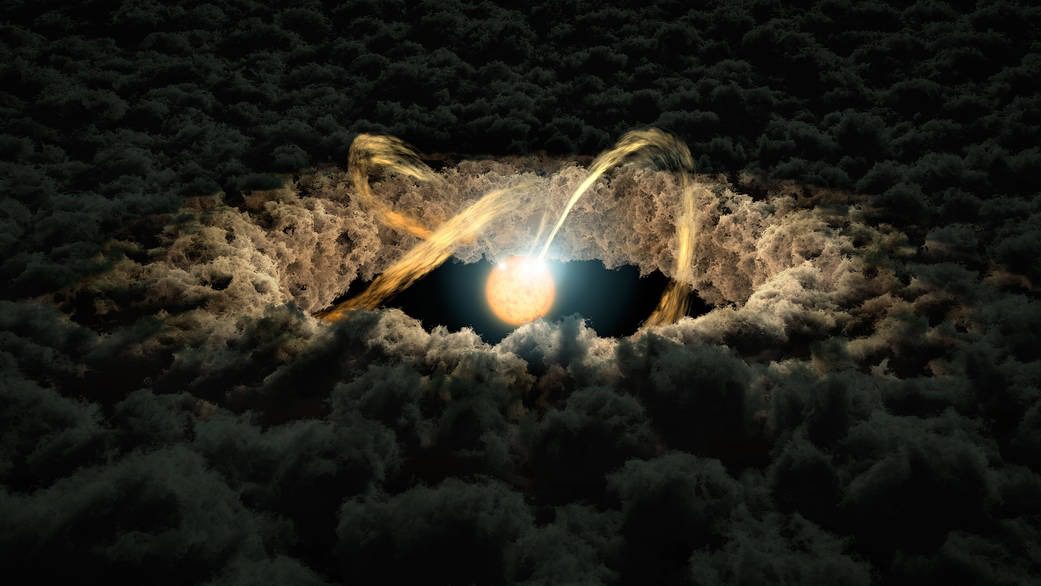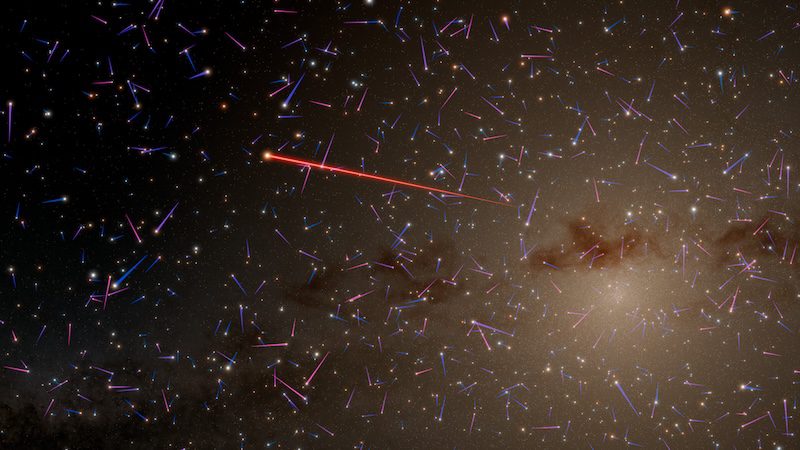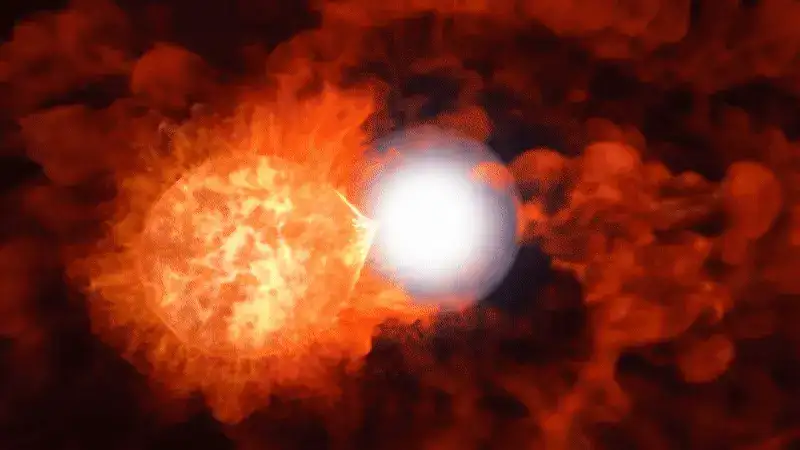DOGE personnel conducting spending review at NASA
Personnel from the Department of Government Efficiency (DOGE) are on-site at NASA to review the agency’s payments. Credit: NASA/Keegan Barber
The Department of Government Efficiency (DOGE), working under a mandate from President Donald Trump to reduce government spending, has its next target: NASA.
The space agency told FLYING on Friday that DOGE personnel are already on-site to conduct a review of its payments.
“We are a federal agency; we are going to have DOGE come,” said Janet Petro, acting NASA administrator, speaking at the annual Commercial Space Conference on Wednesday in Washington, D.C. “They’re going to look, similarly to what they’ve done at other agencies, at our payments and what money has gone out.”
Petro did not specify what DOGE will be looking ...



